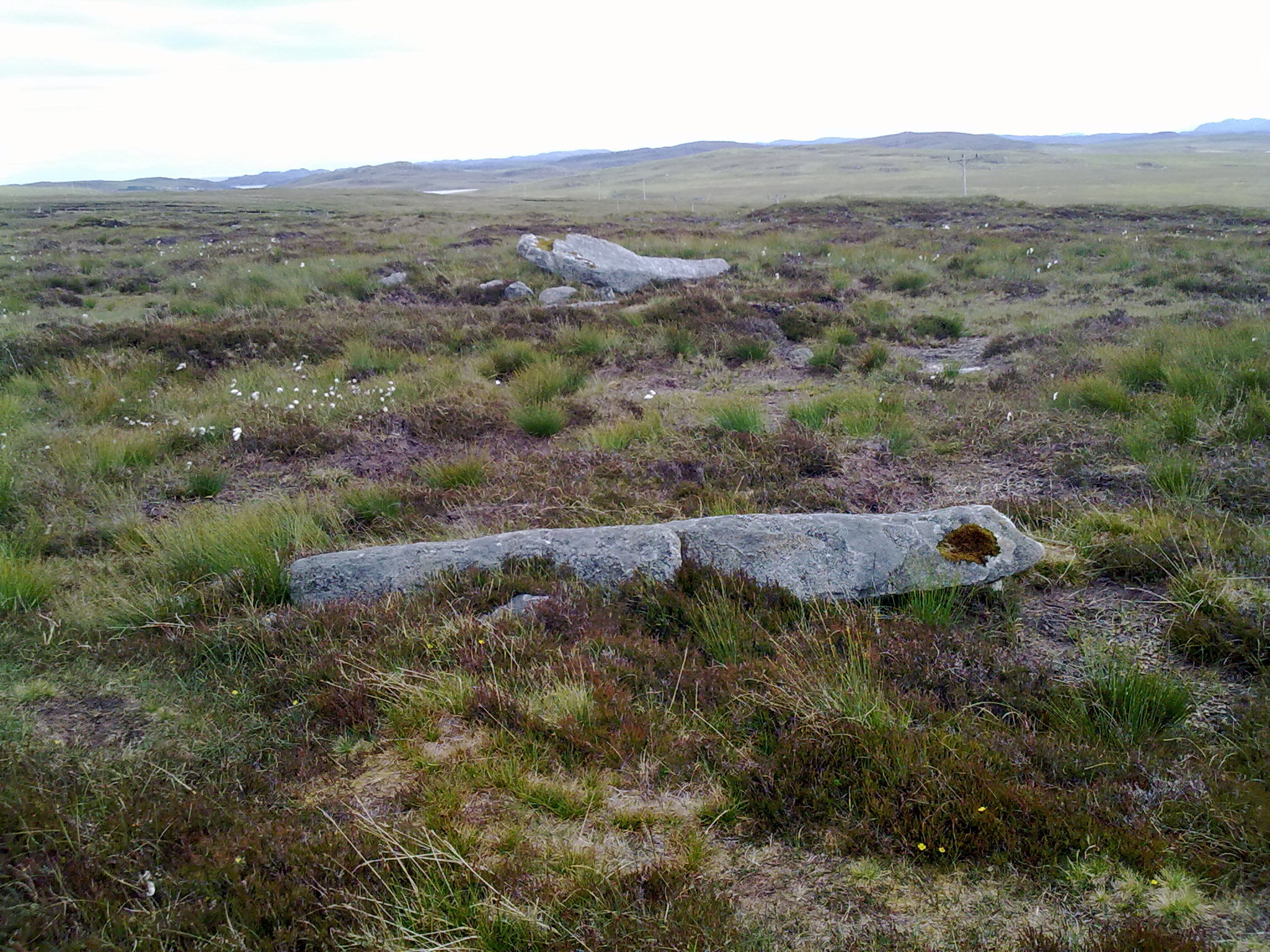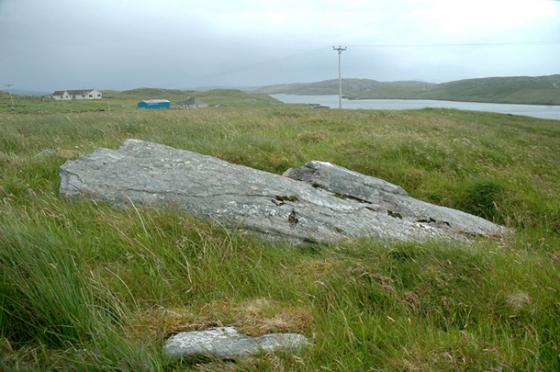
Standing Stone (c. 5°) of Achmore Stone Circle, previously buried in peat up to tip of stone. (02.07.11)

Standing Stone (c. 5°) of Achmore Stone Circle, previously buried in peat up to tip of stone. (02.07.11)

Recumbent Stone (c.35°) of Achmore Stone Circle. (02.07.11)

Standing Stone (c. 70°) of Achmore Stone Circle. (02.07.11)

Recumbent Stone (c. 215°) of Achmore Stone Circle. (02.07.11)

Recumbent Stone (c. 240°) of Achmore Stone Circle. (02.07.11)

Visited 25th May 2015

Visited 25th May 2015

Visited 25th May 2015

Visited 25th May 2015

Achmore stones May 2017

Fallen stones of Achmore May 2017

Diagram of ‘Sleeping Beauty’ & how it related to the Achmore stones.

The ‘Sleeping Beauty’ from Achmore May 2017


As seen on 29 May 2007 CE.

As seen on 29 May 2007 CE.


Goffik mincing around the circle

The view across to Sleeping Beauty from Achmore.
June 2006

The stone square, as erected on the interpretation board at Achmore...nice touch! June 2006.

This plan of Achmore is displayed on the information board to the south of the circle. Without it, the site would be very difficult to enterpret.

Taken 1st August 2004: Not a great shot as far as megaliths go. The stone visible in the shot is one of the, “possible packers exposed by peat cutting in the early 1990s”.
The main reason I’ve posted this photo is that it gives a good indication of the height of the peat in the uncut part of the circle.

Taken 1st August 2004: One of the excavated stones in the area where the peat has been cut.
This one is almost too good to be true. Three socket stones are in the bottom right quarter of the shot. The match between the stone and the socket is remarkably obvious.

Taken 1st August 2004: The tip of one of the buried (and water-logged) stones in the area where the peat hasn’t been cut.

Taken 1st August 2004: The tip of one of the stones that remains buried in over a metre of peat.

Taken 1st August 2004: Looking south across the circle, the arrows indicate stones that are visible. There are more to the right and left, but I can’t be sure exactly where.
It’s not entirely clear from this shot, but the place where I’m standing (on the uncut peat) is over a metre higher than the ground beyond the water-logged ditch.
Behind the telegraph pole is the pregnant ‘Sleeping Beauty’.

Looking NE

Across the N arc.

The pregnant Sleeping Beauty.

3rd July 2003ce

3rd July 2003ce


Visited today and someone had erected their own stone circle on the info board, which was a nice touch!
I think this is one for the enthusiasts though. I enjoyed seeing the unexcavated site and trying to work out how it must’ve looked but, even on a boiling hot day, it was pretty wet and boggy, so come prepared!
Visited 1st August 2004: Achmore is now signposted from the road, but there’s a degree of guesswork involved. You need to go through the gate, then ascend the hill bearing right. From the gate you can’t see it, but you’re aiming for a bench and an information board.
I’d strongly advise reading the information board before you leap off looking for stones. This isn’t an easy site to interpret without a plan. The bench is a nice touch, with excellent views towards the pregnant ‘Sleeping Beauty’.
Achmore is great! I loved it. The stones that remain buried in the peat fascinated me. It’s a real insight into how parts of Calanais would have looked before the peat clearance. As for the stones and sockets that are clearly visible, some are in very good condition. There are excellent examples of stone sockets that are extremely clear and easy to match with their accompanying stones (all now fallen). If you’re interested in how standing stones were planted this is a fantastic place to visit.
Great location with spectacular all-round views just a little spoiled by telegraph poles punctuating the view to the S. Two stones remain standing out of the 18 which formed a large true circle (41m diameter). The peat has been cleared from the fallen stones.
Signposted from the road. Enter by the gate and head uphill to the right for the seat where there is an interpretation board.
Sleeping Beauty is visible from the site and the board makes two interesting points.
First, the stones are graded so that, when erect, the larger stones would have been at her head and feet (obviously this depends exactly where you stand to view it – there is no suggestion of a backmarker or outlier).
Second, from this position, her profile is different from that seen at Callanish and the inclusion of another hill gives her the appearance of being pregnant.
Visited 1 August 2004































